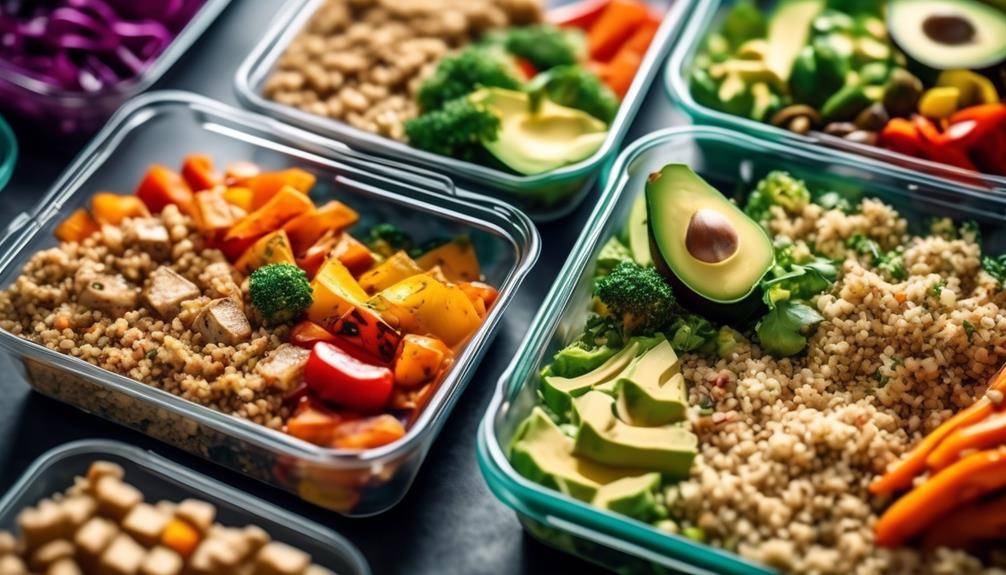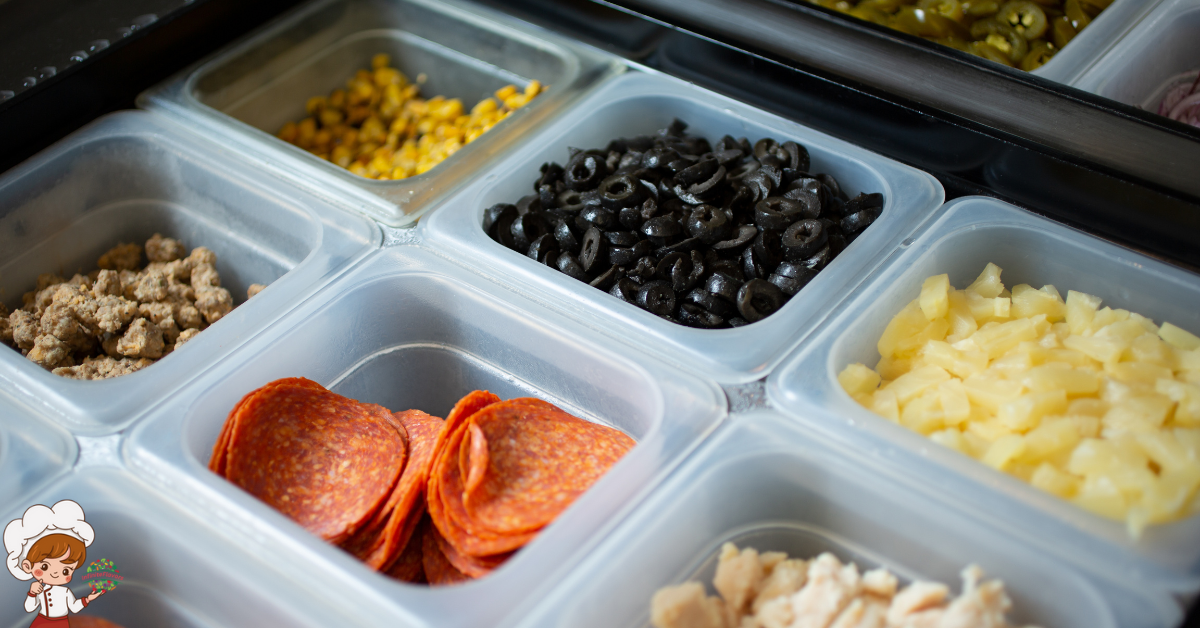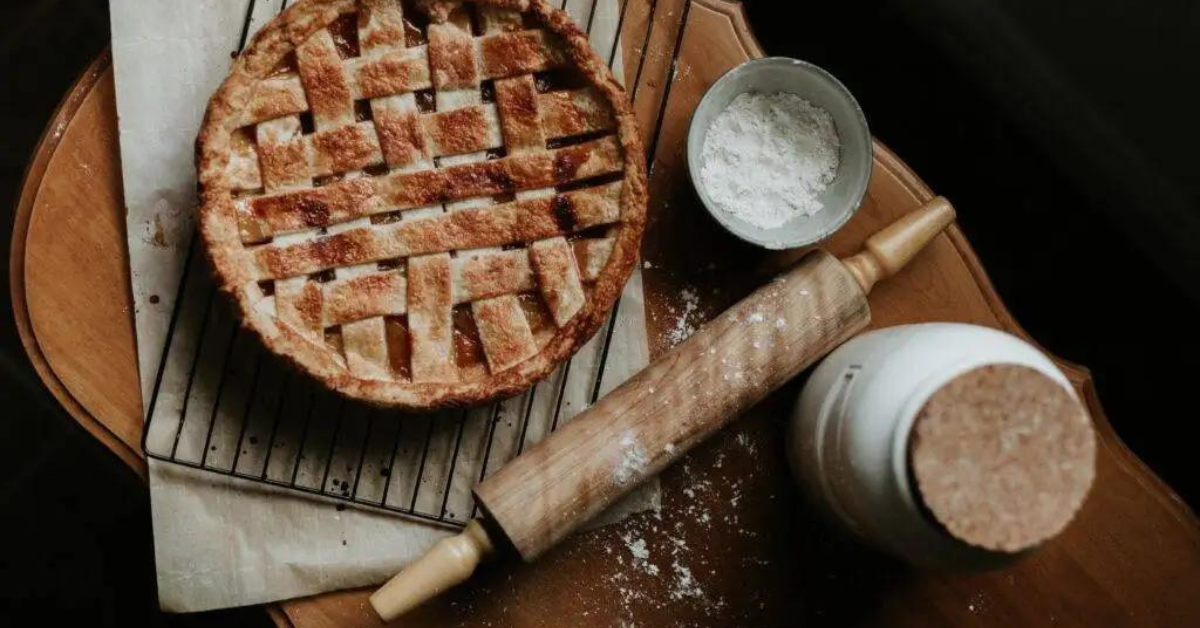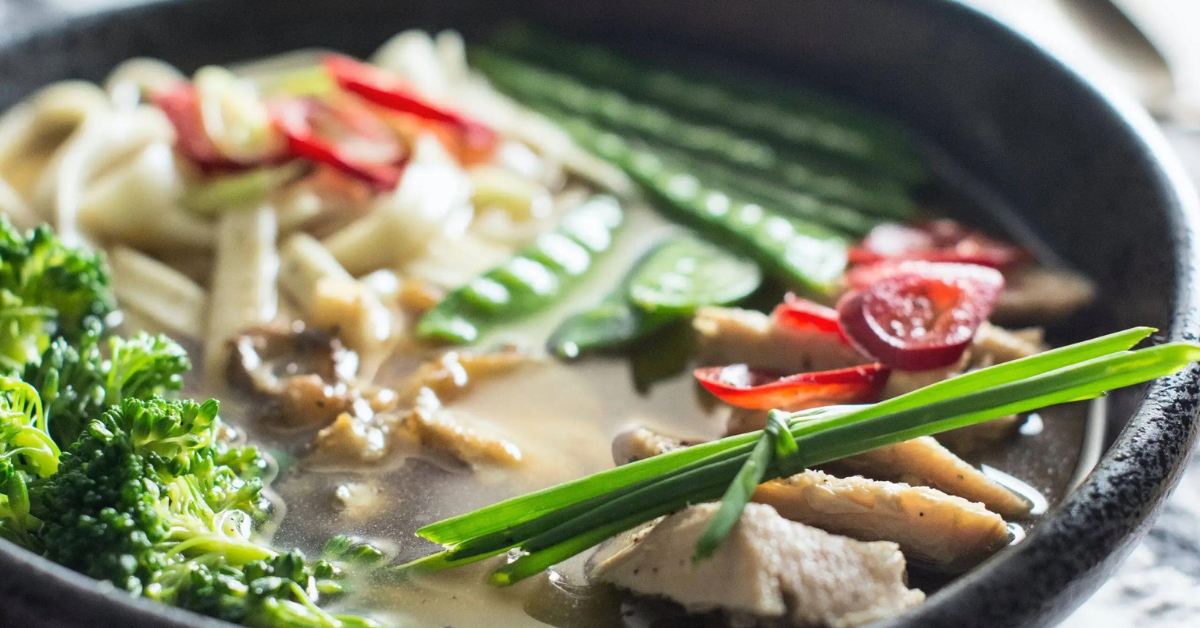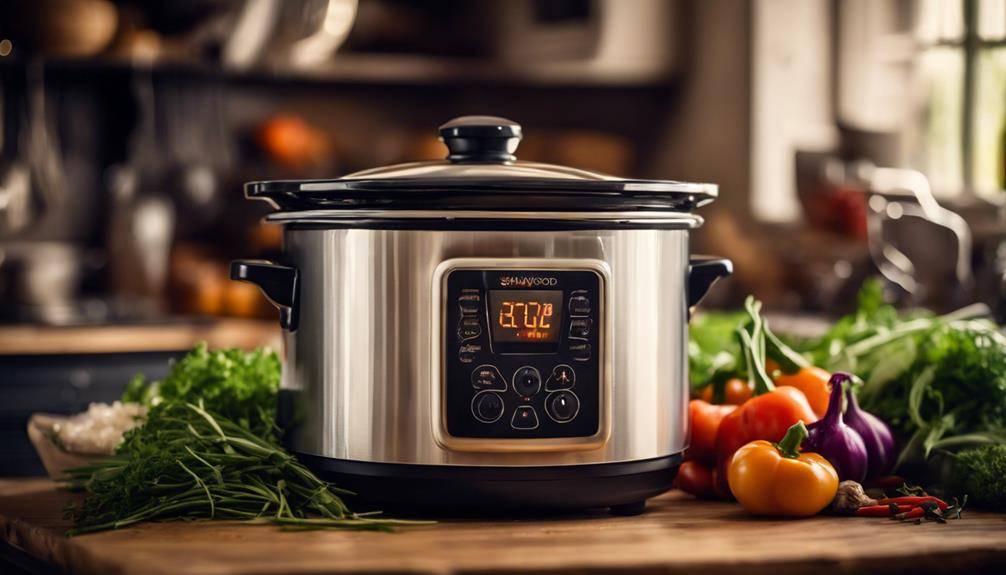How To Grill Vegetables Perfectly
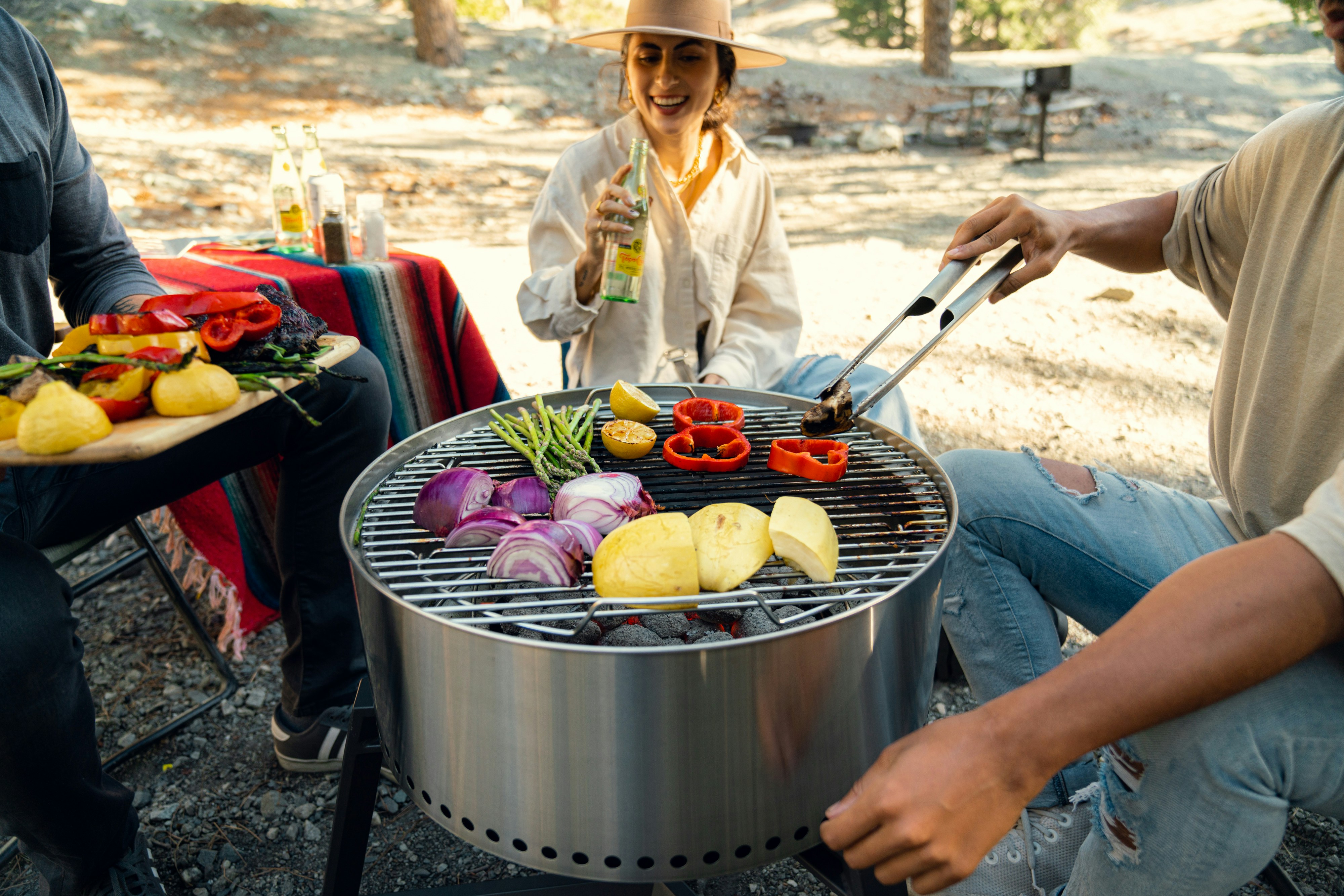
How To Grill Vegetables Perfectly; Are you tired of the same old grilled vegetables that are either overcooked or still raw in the middle? Well, fear not, because I’m here to show you the secret to grilling vegetables perfectly. With a few simple tips and tricks, you’ll be able to elevate your vegetable game from ordinary to extraordinary. So, put on your apron, fire up the grill, and get ready to transform those veggies into mouthwatering delights that will leave everyone begging for more. But first, let’s start with the basics: choosing the right vegetables.
Choosing the Right Vegetables
To ensure the best results when grilling vegetables, it is crucial to carefully select the right vegetables for your culinary adventure. Not all vegetables are created equal when it comes to grilling. Some vegetables hold up well to the high heat of the grill, while others can become mushy and lose their texture. When choosing vegetables for grilling, it is important to consider their density, moisture content, and overall structure.
One of the key factors to consider when grilling vegetables is their density. Vegetables that are firm and dense, such as bell peppers, onions, and zucchini, are ideal for grilling. These vegetables can withstand the heat and maintain their texture, resulting in a flavorful and satisfying grilled dish. On the other hand, vegetables that are soft and delicate, like tomatoes and mushrooms, may not hold up well on the grill and can easily become overcooked or fall apart.
In addition to density, the moisture content of the vegetables is also important to consider. Vegetables with high moisture content, such as cucumbers and lettuce, are not suitable for grilling as they can become soggy and lose their crispness. Opt for vegetables with lower moisture content, like eggplant and asparagus, for the best grilling results.
Once you have chosen the right vegetables for grilling, it is time to consider the seasoning options. Grilling vegetables can bring out their natural flavors, but adding seasonings can elevate them even further. Popular seasoning options for grilled vegetables include olive oil, garlic, salt, and pepper. You can also experiment with herbs and spices like rosemary, thyme, paprika, or cumin to add depth and complexity to your grilled vegetables.
Preparing the Vegetables for Grilling
Before firing up the grill, you’ll want to ensure that your vegetables are properly prepared for the best grilling experience. Pre grilling preparation is crucial to achieving perfectly grilled vegetables that are tender, flavorful, and charred to perfection. To get started, wash your vegetables thoroughly under cold running water to remove any dirt or debris. Once clean, pat them dry using a clean kitchen towel or paper towels.
Now that your vegetables are clean and dry, it’s time to cut them into the right size and shape. This step is essential as it determines how evenly your vegetables will cook on the grill. For larger vegetables like zucchini or eggplant, slice them into thick rounds or lengthwise strips. Smaller vegetables like cherry tomatoes or mushrooms can be left whole or skewered for easy grilling. Remember to keep the pieces of similar size to ensure even cooking.
To enhance the flavors and prevent sticking, consider marinating your vegetables before grilling. A simple marinade of olive oil, minced garlic, lemon juice, and your favorite herbs can do wonders. Coat the vegetables evenly with the marinade and let them sit for at least 30 minutes to absorb the flavors.
When it comes to grilling techniques, there are a few options to choose from. You can grill your vegetables directly on the grates, use a grill basket, or even thread them onto skewers for kebabs. Regardless of the method you choose, make sure to preheat your grill to medium-high heat and oil the grates to prevent sticking.
Marinating for Maximum Flavor
To maximize the flavor of your grilled vegetables, it’s important to choose marinades that complement their natural taste. Consider using citrus-based marinades for a tangy kick or herb-infused oils for a more earthy flavor. Timing is crucial when marinating vegetables – aim for at least 30 minutes, but no more than 24 hours, to allow the flavors to penetrate without overpowering. Finally, don’t forget the importance of resting your vegetables after grilling. This allows the flavors to settle and the juices to redistribute, resulting in a more delicious and well-balanced dish.
Flavors That Complement
Enhance the flavors of your grilled vegetables by marinating them to perfection. Marinating is a fantastic way to infuse your vegetables with delicious flavors that complement their natural taste. To create a marinade that truly enhances your grilled vegetables, consider using complementary spice blends. For example, a blend of garlic, lemon zest, and thyme can bring out the sweetness of grilled zucchini, while a mix of cumin, coriander, and smoked paprika can add a smoky kick to charred bell peppers. Experiment with different spice combinations to find your perfect match.
Additionally, don’t underestimate the power of different grilling techniques. Direct grilling gives vegetables a nice char, while indirect grilling helps them cook evenly and retain their moisture. By incorporating these techniques and flavors, you’ll elevate your grilled vegetables to a whole new level of deliciousness.
Timing for Best Results
For maximum flavor, ensure that you marinate your vegetables for the appropriate amount of time. Marinating is a crucial step in grilling vegetables, as it helps to enhance their natural flavors and adds depth to the overall taste. The timing of marination depends on the type of vegetables you are grilling and the flavors you want to infuse. Generally, marinating for at least 30 minutes allows the vegetables to absorb the flavors and tenderize. However, some vegetables like zucchini and bell peppers can be marinated for up to 2 hours for even better results.
When it comes to grilling techniques, both charcoal and gas grills work well for marinated vegetables. Charcoal grills provide a smoky flavor, while gas grills offer convenience and precise temperature control. Choose the grilling method that suits your preference and enjoy perfectly marinated and grilled vegetables every time.
Importance of Resting
Allowing your vegetables to rest in the marinade is an essential step to maximize flavor and ensure tender and delicious results. Once you have grilled your vegetables to perfection, it may be tempting to dig right in. However, taking the time to let them sit and absorb the flavors of the marinade will greatly enhance their taste. Resting allows the vegetables to continue cooking, which helps to further soften their texture and develop a deeper, more complex flavor profile.
Additionally, the marinade penetrates the vegetables during this time, infusing them with its delicious flavors. This process not only improves the taste, but also ensures that each bite is bursting with the essence of the marinade. So, resist the urge to immediately devour your grilled vegetables and let them rest for a few minutes. The benefits of this simple step will be well worth the wait.
Picking the Perfect Grill Temperature
To achieve optimal results when grilling vegetables, it is crucial to select the ideal temperature for your grill. Grill temperature control is essential in ensuring that your vegetables are cooked to perfection, with a delicious char and smoky flavor. Not only does the right temperature help in achieving grill marks, but it also ensures that the vegetables are cooked evenly throughout.
When it comes to picking the perfect grill temperature, there are a few factors to consider. Firstly, the type of vegetables you are grilling plays a significant role. Delicate vegetables like asparagus or zucchini require a lower temperature, around 350°F (175°C), to prevent them from burning. On the other hand, sturdier vegetables like bell peppers or onions can handle a higher temperature, around 400°F (205°C), which helps in caramelizing their natural sugars and enhancing their flavor.
Another factor to consider is the size and thickness of the vegetables. Thicker vegetables like potatoes or eggplant will require a lower temperature to ensure that they cook all the way through without burning the exterior. Thinner vegetables like green beans or cherry tomatoes can handle a higher temperature since they cook quickly.
To achieve those coveted grill marks, preheat your grill to a medium-high temperature, around 400°F (205°C), and make sure the grates are properly cleaned and oiled. Place the vegetables directly on the hot grates and resist the urge to move them around too much. Let them cook undisturbed for a few minutes until grill marks form, then flip them over and repeat the process on the other side.
Using the Right Grilling Tools
Make sure you have the right grilling tools at your disposal to ensure a successful and enjoyable grilling experience. When it comes to grilling vegetables, using the right tools can make all the difference in achieving that perfect char and flavor. Here are some essential grilling tools you should have on hand.
First and foremost, invest in a good pair of long-handled tongs. These will allow you to easily flip and maneuver your vegetables on the grill without burning your hands. Look for tongs with a sturdy grip and a locking mechanism for easy storage.
A vegetable grilling basket is another must-have tool. These baskets are designed with small holes that prevent smaller vegetables from falling through the grates. Simply toss your vegetables with some oil and seasoning, then place them in the basket and grill away. The basket also makes it easier to flip your vegetables without losing any pieces.
A grill brush is essential for cleaning the grill before and after use. Over time, residue and food particles can build up on the grates, affecting the flavor of your vegetables. Use the grill brush to remove any debris and ensure a clean surface for grilling. Regular cleaning also helps prevent flare-ups and extends the lifespan of your grill.
Lastly, a digital meat thermometer is a handy tool for checking the doneness of thicker vegetables like potatoes or whole onions. Insert the probe into the center of the vegetable and wait for the temperature reading. This will ensure that your vegetables are cooked to perfection, tender on the inside and nicely caramelized on the outside.
Arranging Vegetables on the Grill
Start by arranging your vegetables on the grill according to their size and cooking times. This step is crucial to ensure that all the vegetables are cooked evenly and have beautiful grill marks. When it comes to arranging the vegetables, there are a few options you can choose from.
One option is to place the vegetables directly on the grill grates. This works best for larger vegetables like bell peppers, zucchini, and eggplant. Make sure to slice them into thick, even pieces to prevent them from falling through the grates. Arrange them in a single layer, leaving some space between each piece to allow for proper heat circulation.
Another option is to use vegetable skewers. Skewering smaller vegetables like cherry tomatoes, mushrooms, and onions not only makes them easier to handle but also prevents them from falling apart. Thread the vegetables onto the skewers, leaving a small gap between each one to allow for even cooking. Remember to soak wooden skewers in water for at least 30 minutes before grilling to prevent them from burning.
If you’re grilling a variety of vegetables with different cooking times, consider creating separate zones on the grill. Start by placing the vegetables that take longer to cook, such as potatoes or carrots, on the hotter part of the grill. Once they start to soften, move them to a cooler part of the grill and add the quicker-cooking vegetables like asparagus or cherry tomatoes. This way, all the vegetables will be perfectly cooked without any overcooking or undercooking.
Arranging your vegetables on the grill with care not only ensures even cooking but also creates those desirable grill marks that add a smoky flavor and visual appeal to your dish. Experiment with different arrangements and techniques to find what works best for you, and enjoy the delicious flavors of grilled vegetables all season long.
Flipping and Rotating for Even Cooking
Now that your vegetables are arranged on the grill, it’s time to ensure even cooking by flipping and rotating them throughout the grilling process. Properly flipping and rotating your vegetables is essential for achieving that perfect char and ensuring that they cook evenly on all sides. By employing the right flipping techniques and utilizing the right grilling equipment, you can guarantee that your vegetables will be cooked to perfection.
When it comes to flipping your vegetables, it’s important to use the right tools. A sturdy pair of long-handled tongs or a wide spatula are ideal for flipping delicate vegetables like asparagus or zucchini. For larger vegetables like bell peppers or eggplant, you may want to use a grill basket or a grill mat to make flipping easier. These tools help prevent your vegetables from sticking to the grill grates or falling through them.
To achieve even cooking, it’s crucial to rotate your vegetables regularly. This means turning them around to ensure that every side is exposed to the heat evenly. Depending on the size and thickness of your vegetables, you may need to rotate them every few minutes or so. By doing this, you’ll prevent any one side from becoming overly charred or undercooked.
Remember to be gentle when flipping and rotating your vegetables to avoid breaking them apart or causing them to fall apart. Use a steady hand and take care not to pierce or puncture the vegetables, as this can cause them to lose their juices and dry out.
Monitoring Cooking Time
To ensure that your vegetables are cooked to perfection, closely monitor their cooking time throughout the grilling process. Cooking time is crucial when it comes to grilling vegetables, as it can greatly impact their taste and texture. Different vegetables have varying cooking times, so it’s essential to keep a close eye on them to avoid overcooking or undercooking.
One important aspect to consider is the cooking temperature. Vegetables generally grill best at medium heat, around 350 to 450 degrees Fahrenheit. This allows for a gentle cooking process that ensures even cooking without burning or drying out the vegetables. It’s worth noting that some vegetables, such as asparagus or green beans, benefit from a slightly higher heat to achieve a nice char while maintaining a tender interior.
Properly monitoring the cooking time also involves using the right grilling techniques. Start by preheating the grill and oiling the grates to prevent sticking. Place the vegetables directly on the grill grates or use a grill basket or foil packet to keep smaller pieces from falling through. Keep the grill lid closed during cooking to trap the heat and promote even cooking.
As the vegetables cook, pay attention to their color, texture, and doneness. They should develop a beautiful char and become tender but still retain some crispness. Use tongs or a spatula to gently flip and rearrange the vegetables for even cooking. If you notice any signs of burning or excessive charring, adjust the heat or move the vegetables to a cooler part of the grill.
Testing for Doneness
To ensure your vegetables are cooked to perfection, you need to determine their doneness by checking their color, texture, and tenderness. Testing for doneness is crucial to ensure that your grilled vegetables are cooked to the ideal level of tenderness and taste. There are several testing techniques you can use to determine if your vegetables are done.
First, let’s talk about checking for tenderness. Tenderness is a key indicator of doneness in grilled vegetables. You can use a fork or a pair of tongs to gently poke the vegetables. If they are tender and easily pierced, they are most likely done. However, be careful not to overcook them, as they can become mushy and lose their natural flavors.
Another technique is to observe the color of the vegetables. Grilled vegetables should have vibrant colors and a slight char on the edges. The color should be evenly distributed and not overly browned or blackened. If the vegetables still look raw or have a pale appearance, they may need more time on the grill.
Texture is also important when testing for doneness. Grilled vegetables should be crisp-tender, meaning they should have a slight crunch while still being cooked through. You can take a small bite to check for the desired texture. If the vegetables are too firm or raw in the center, they need more cooking time. On the other hand, if they are too soft or mushy, they are likely overcooked.
Serving and Enjoying Your Grilled Vegetables
Enhance your grilling experience by serving and savoring your perfectly grilled vegetables. After putting in the time and effort to grill your vegetables to perfection, it’s important to present them in an appealing way. The presentation of your grilled vegetables can make a big difference in how they are enjoyed. Consider arranging them on a platter in an artful manner, showcasing their vibrant colors and textures. You can also garnish them with fresh herbs or sprinkle some toasted nuts for an added touch of elegance.
To elevate the flavors of your grilled vegetables, consider pairing them with delicious sauces. A flavorful sauce can enhance the natural sweetness and smokiness of the vegetables, taking them to a whole new level. Try serving grilled zucchini with a tangy balsamic glaze or drizzle some herb-infused olive oil over your grilled bell peppers. For a creamy and rich accompaniment, a dollop of garlic aioli or a yogurt-based dip can be the perfect choice.
Experiment with different sauce options to find the perfect match for your grilled vegetables. Consider the flavors and textures of the vegetables themselves and choose a sauce that complements them well. Whether you prefer a spicy kick, a tangy twist, or a creamy finish, there is a sauce out there that will take your grilled vegetables from good to outstanding.
How To Grill Vegetables Perfectly; Frequently Asked Questions
Can I Use Frozen Vegetables for Grilling?
Yes, you can use frozen vegetables for grilling. The pros include convenience and longer shelf life. However, there are cons like potentially softer texture. To thaw them before grilling, place them in the refrigerator overnight or use a microwave.
What Are Some Alternative Methods for Marinating Vegetables?
When it comes to marinating vegetables, there are plenty of options to choose from. Different marinades like balsamic vinaigrette, lemon herb, or spicy peanut can add a burst of flavor. Alternatively, you can grill veggies without a marinade by adding spices directly or brushing them with olive oil.
Can I Grill Vegetables on a Charcoal Grill?
Yes, you can grill vegetables on a charcoal grill. Grilling techniques like direct grilling and indirect grilling work well. Some of the best vegetables for grilling include bell peppers, zucchini, eggplant, and corn.
How Can I Prevent Vegetables From Sticking to the Grill?
To prevent vegetables from sticking to the grill, brush the grates with oil before cooking. Another tip is to cut the vegetables into larger pieces or use a grill basket to prevent them from falling through the grates. Achieve the perfect char by grilling over medium-high heat.
Are There Any Vegetables That Should Not Be Grilled?
Some vegetables are better enjoyed raw or cooked in other ways, rather than grilled. Grilling can cause them to become too soft or lose their flavor. It’s best to stick with vegetables that hold up well on the grill, like peppers, zucchini, and eggplant.
Conclusion
Grilling vegetables to perfection requires careful selection, preparation, and cooking techniques. By choosing the right vegetables, marinating them for maximum flavor, and using the correct grilling tools, you can achieve delicious results. Remember to flip and rotate the vegetables for even cooking and monitor the cooking time to avoid overcooking. Test for doneness by checking the texture and color. Once cooked, serve and savor the delightful flavors of your perfectly grilled vegetables. Enjoy the delicious and healthy benefits of this expertly grilled dish.



